I know there have been so many questions already for this but i can't i find a clear answer to this.
Is this  correct? Taken from Understanding Keras LSTMs here. Does the batch-size correspond to
correct? Taken from Understanding Keras LSTMs here. Does the batch-size correspond to  to 5 (0-4) in this picture? Taken from http://colah.github.io/posts/2015-08-Understanding-LSTMs/ here. With a keras line like this:
to 5 (0-4) in this picture? Taken from http://colah.github.io/posts/2015-08-Understanding-LSTMs/ here. With a keras line like this:
model.add(LSTM(units, batch_input_shape=(batch_size, n_time_steps, n_features), stateful=False))
note the statefull=False, So one input vector (one blue bubble) would be the size n_time_steps*n_features, right?
